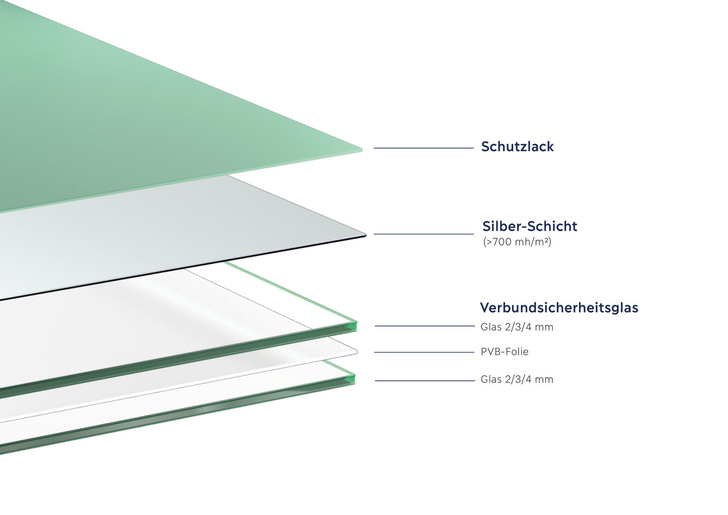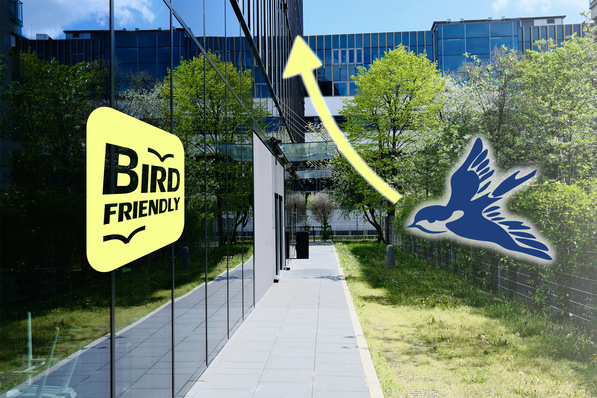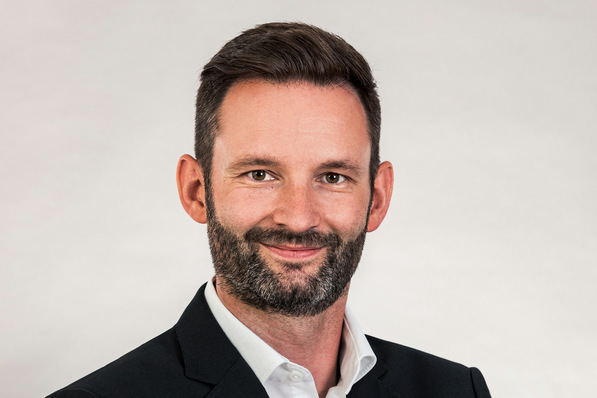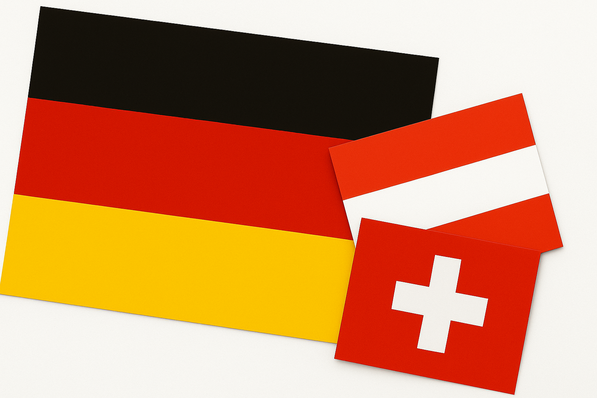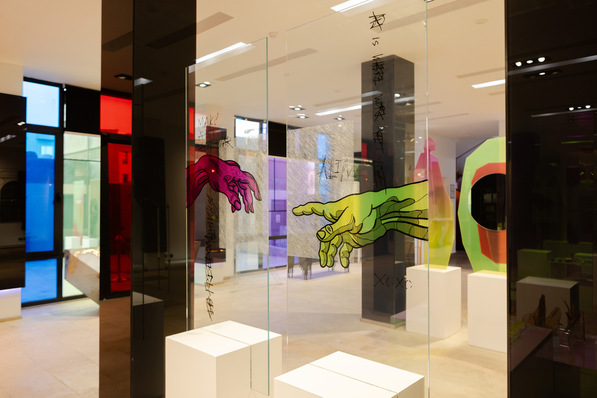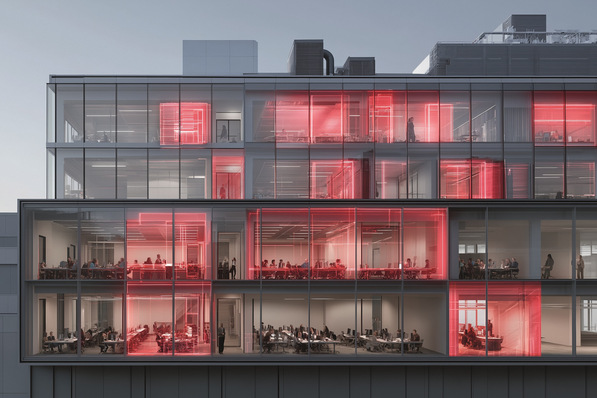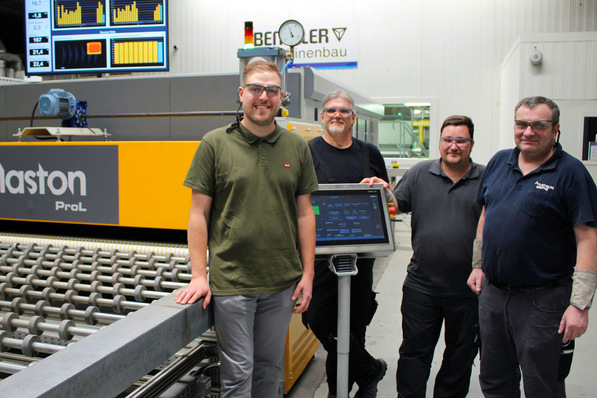The use of LSG as the basis for the Oforce mirror greatly limits deformation and splintering in the event of an impact. In the event of glass breakage, the majority of the fragments remain bonded to the PVB LSG interlayers, protecting people from injury. The teams at Aurys worked on this project for a year, which was completed with a patent application at the end of 2022.
According to the developers, the Oforce mirrors comply with safety class 1(B)1 for structure 33.1 in accordance with the pendulum impact standard EN 12600. With a light reflection of over 91%, the mirrors also offer reflection properties that are comparable to monolithic mirrors of the same glass thickness.
See also: 4 great reasons for making insulating glass out of safety glass
All research and development work as well as production takes place at the Aurys Industries plant in Carentan-Les-Marais in Normandy.
Thanks to its high flexural rigidity, it can also be used for applications requiring high and uniform flatness, such as large-scale wall panelling, e.g. in fitness rooms, reception halls, corridors, riding arenas, etc.
Oforce LSG mirrors can be cut and edged in the same way as coated LSG.
What makes safety glass mirrors special?
Depending on the area of application, there are different requirements for the use of mirrors in terms of their safety properties to protect against injuries in the event of glass breakage.
Safety requirements in public areas
In public areas, the safety properties of mirrors against breakage and the resulting injuries play a special role. Special requirements apply to these areas. The specifications for this can be found, for example, in
· DGUV accident prevention regulations
· Workplace regulations
Tripping, being pushed, carelessness, inadequate lighting or panic are named as specific examples of existing accident risks in this context.
Safety requirements in the private sphere
In principle, the same dangers can also be found in the private sphere, with the difference that safety requirements for these areas are less extensively described. However, in the event of an accident, it is obvious that questions will be asked about possible accident prevention measures and the extent to which these have been taken.
What safety glass mirrors are available?
To protect against glass breakage and the resulting injuries, the relevant regulations generally refer to the use of the following types of safety glass:
· Toughened safety glass (ESG)
· Laminated safety glass (LSG)
The properties of this glass are also intended for mirrors.
Requirements for ESG mirrors:
In addition to the requirements from the harmonised ESG product standard EN 12150, particular attention must be paid to the process-related waviness (warping) in the manufacture of ESG.
Due to these properties, the production of mirrors with toughened safety glass will not be discussed further here.
Requirements for LSG mirrors:
In addition to the requirements from the harmonised LSG product standard EN 14449, the following properties are described for use in Germany in the relevant state building regulations in addition to the requirements of DIN 18008:
· The LSG must have at least classification 2(B)2 in accordance with DIN EN 12600
· The interlayer must consist of PVB film with detailed specifications
· In the case of coated glass, the coating must be applied to the side facing away from the PVB film
What does the new Oforce LSG mirror do?
The French mirror manufacturer Aurys is the first supplier to use a patented manufacturing process to produce LSG mirrors that actually fulfil all existing requirements for LSG and their use.
Also interesting: Mirror, mirror is the wall
In this unique manufacturing process, the layers required for a mirror are applied to a LSG in a way that was previously only possible with simple monolithic glass. The following tests, among others, were carried out on the properties of the LSG mirrors produced in this way:
· High humidity according to EN ISO 12543-4, section 6
· High temperature according to EN ISO 12543-4, section 5
· Pendulum impact test: in accordance with EN 12600
· Mirror quality according to EN1036-2
The required LSG specifications were met or exceeded in all tests. This applies in particular to the requirements for the safety class. Here, the tests for the Oforce 33.1 structure with 6 mm glass thickness resulted in safety class 1(B)1.
In addition, a light reflection of over 91 % was determined for the LSG mirror Oforce, making it comparable to a monolithic mirror of the same thickness in terms of optical properties.
Oforce mirrors can be cut and edged like ordinary coated LSG.
Thanks to their rigidity, Oforce mirrors have a high degree of flatness and are therefore also suitable for large-area wall panelling.







